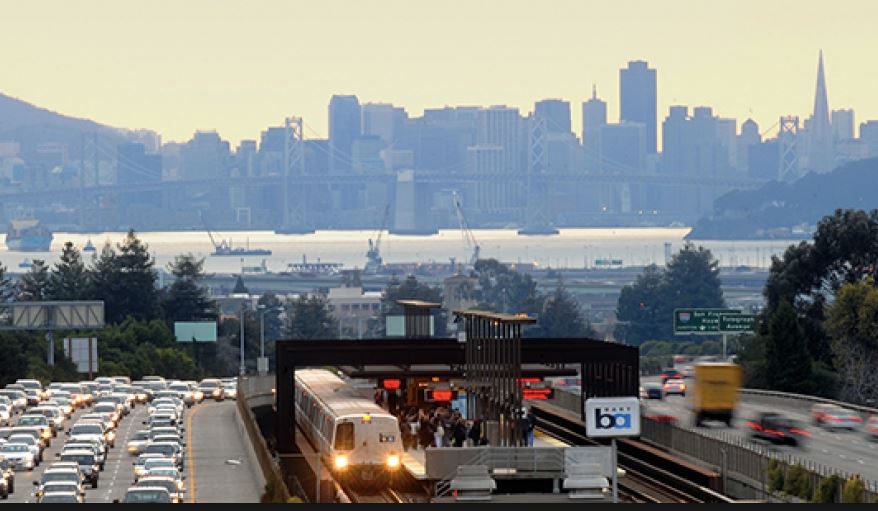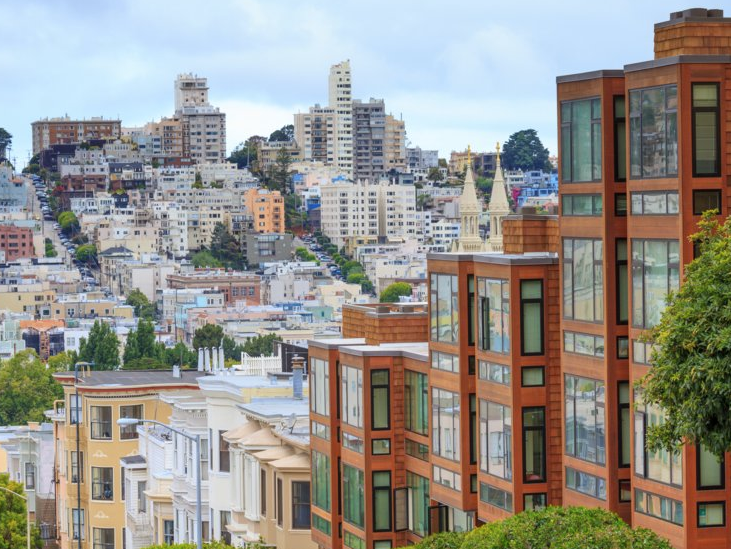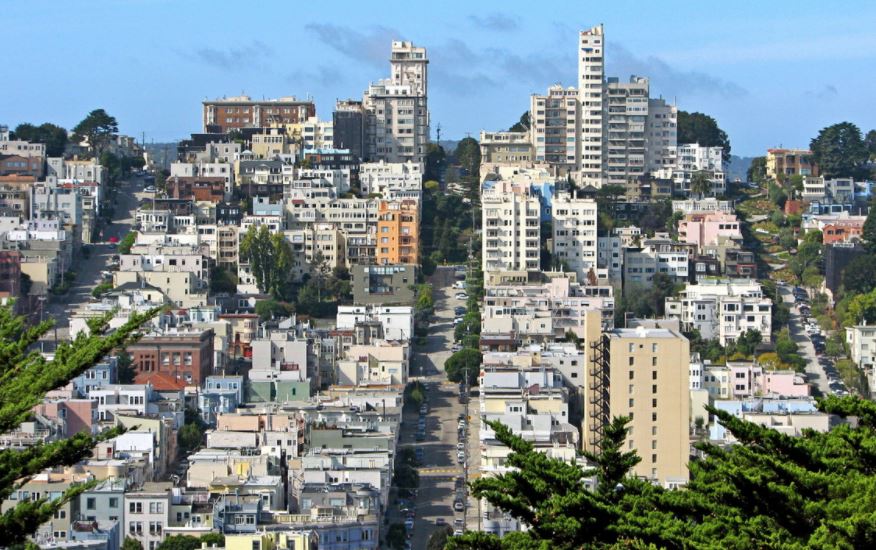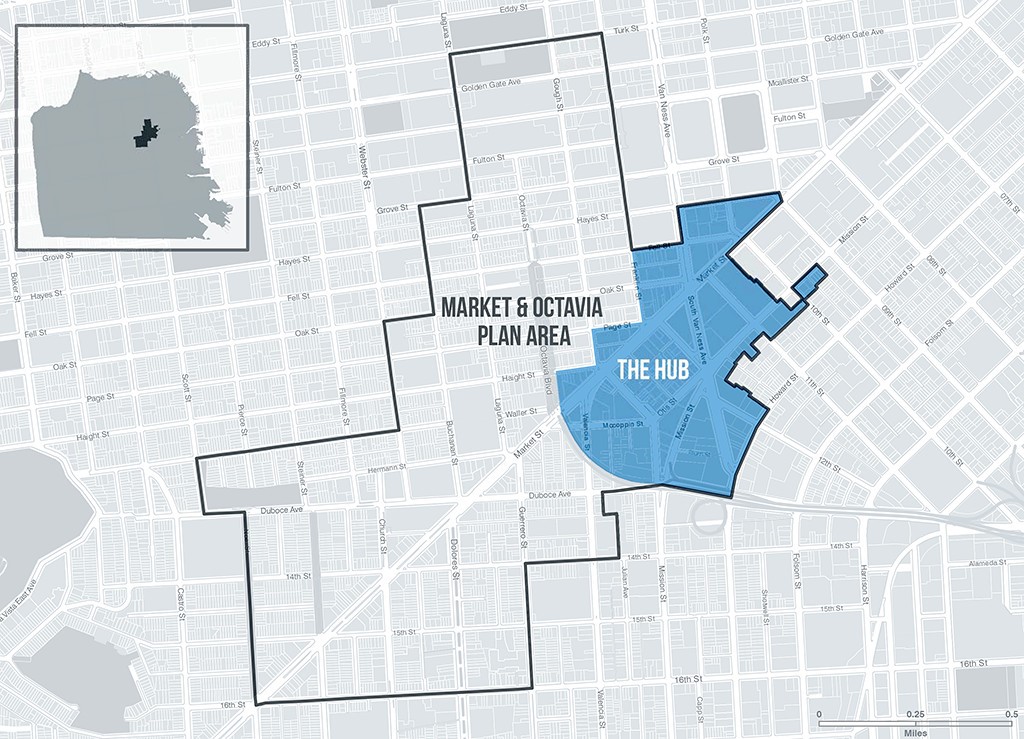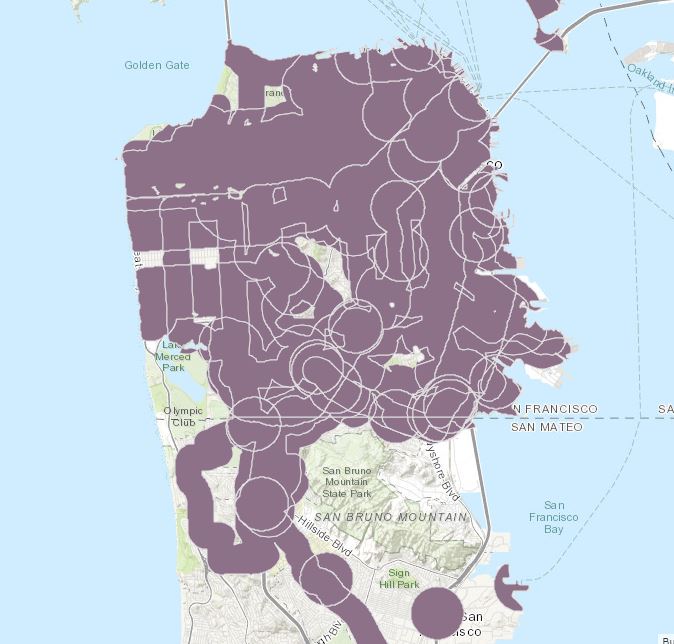New Planning Code Noticing Provisions Last week, the Board of Supervisors unanimously passed on its first reading an ordinance that would amend the Planning Code to implement a number of process improvements. Included in those amendments are changes to simplify the Planning Code noticing requirements. The Planning Code currently contains varying notice provisions for several different kinds of approvals. The findings preceding the new ordinance assert that the Code “sets forth more than 30 unique combinations of notification requirements.” Under the existing notice scheme, Section 311 provides permit review procedures for projects within RH (Residential, House), RM (Residential, Mixed), and RTO (Residential, Transit Oriented) Districts and Section 312 sets forth the notice procedures for projects within the NC (Neighborhood Commercial) and Eastern Neighborhoods Mixed Use Districts, as well as for cannabis retail and medical cannabis dispensary projects in all non-residential zoning districts. The new noticing rules aim to simplify the notice procedures by eliminating Section 312 and amending Section 311 to cover noticing requirements for the following types of projects: Building permit applications in Residential, NC, NCT, and Eastern Neighborhoods Districts for a change of use; Establishment of a micro wireless telecommunications services facility; Establishment of a formula retail use; Demolition, new construction, or alteration of buildings; Removal of an authorized or unauthorized residential unit; All building permit applications that would establish cannabis retail or medical cannabis dispensary uses, in any zoning district. All building permit applications for these Section 311 project categories are subject to a 30-day notice period. The ordinance would also add a new Section 333, which would establish the notice requirements for all other notices required by the Planning Code that are not covered by the amended Section 311. More specifically, Section 333 would apply to: “Any hearing before the Planning Commission Historic Preservation Commission and/or the Zoning Administrator for which public notice is required in this Code, except that the requirements set forth in Section 311 shall be applicable to certain applications as set forth in Section 311.” Under the new rules, any notice subject to Section 333—rather than Section 311—must have a notice period of no less than 20 calendar days prior to the hearing date. In the case of a building permit application for which no hearing is required, the notice period must run for 20 days before the Planning Department may approve the application. The ordinance is expected to pass on final reading next week. Updated Planning Application Procedures The updated notice process coincides with new Planning application procedures that the Department rolled out last month. As of June 4, the Planning Department now requires submittal of a single, consolidated Project Application for all projects seeking an entitlement action and/or environmental review. Findings required for a Conditional Use Authorization or Large Project Authorization, for example, must now be submitted as a supplemental form to the Project Application. Any project that is not eligible for over-the-counter approval is required to submit a Project Application in order to obtain Planning Department sign-off. Notably, Environmental Evaluation Applications (EEAs) are no longer available as a stand-alone application, instead, the EEA information has been rolled into the Project Application. This also means that there is no longer an option to submit an EEA with a Preliminary Project Application (PPA). The revised application procedures come with a new set of timelines that will (theoretically) streamline and speed up the review process. These are some of the key deadlines: Planning will issue a PPA letter within 60 days of receiving a complete PPA application. Within 30 days of submittal of a Project Application, the Department will determine whether the application is complete. Within 90 days of the date, an application is deemed complete and accepted, Planning will issue a plan check letter identifying the outstanding Planning Code and environmental review issues, as well as any other required materials or applications. Planning will determine whether the response to the plan check letter is complete or incomplete within 30 days of submittal. A complete response results in a “stable project description.” At that point, housing projects with more than two new units will be assigned a target hearing date within 6-22 months, depending on the necessary level of environmental review. There is no target hearing date policy for 1-unit or non-residential projects. Additional information on the new application processes can be found here. Authored by Reuben, Junius & Rose, LLP Attorney, Chloe Angelis The issues discussed in this update are not intended to be legal advice and no attorney-client relationship is established with the recipient. Readers should consult with legal counsel before relying on any of the information contained herein. Reuben, Junius & Rose, LLP is a full-service real estate law firm. We specialize in land use, development, and entitlement law. We also provide a wide range of transactional services, including leasing, acquisitions and sales, formation of limited liability companies and other entities, lending/workout assistance, subdivision, and condominium work.



